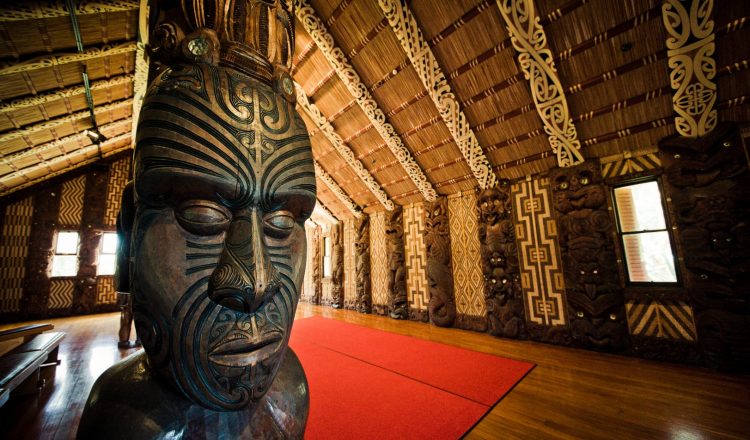Tikanga
Tikanga 是毛利人认为自时代黎明以来就存在的概念。毛利文化中的一系列规则和习俗向他们展示了如何在精神、土地和祖先方面过上美好的生活。
尽管 Tikanga 可能出现于精神渊源,但在每个 iwi 中以及更广泛地说,在整个毛利文化中,Tikanga 作为社会宪法发挥作用。每个 iwi 都可能有一套不同的习俗和伦理来定义他们的 Tikanga,但他们将其视为个别部落的真相。这是因为 Tikanga 来自过去,毛利人认识到不同 iwi 的过去是不同的,所以不应该被判错。
今天的 Tikanga
Tikanga 来自过去,但它正在向未来发展。随着全球对道德和伦理的理解调整,蒂坎加和毛利人对其他文化和思想的接触也在调整,使之成为目前的形式。随着新西兰成为文化大熔炉,蒂坎加在某种程度上受到西方和东方思想和哲学以及犹太基督教价值观的影响。
20 世纪 80 年代,随着政府开始将其应用于法律,蒂坎加成为许多新西兰人的主流概念。这些法律通常涉及可持续性和资源管理,因为对土地的处理在蒂坎加发挥着重要作用。但是,政府也在系统内对有关道德和正义的法律事项适用协议和道德规范。在政府立法中考虑蒂坎加表明了新西兰的进步文化特征及其对多样性的奉献。
Tikanga 和礼仪
Tikanga 还包括礼仪和行为,这影响了新西兰人的日常生活。要表现出对毛利人和猕猴桃文化的尊重,这些礼仪非常重要。
以下是一些例子:
- 避免触摸人们的头;毛利人认为头部是神圣的。
- 不要坐在桌子或枕头上。它被视为不卫生,特别是在有食物存在的情况下。出于同样的原因,你也不应该把包或帽子放在桌子上,而是把它们放在地板或椅子上。
- 不要把食物传到人的头上。与第一条规则类似,在毛利文化中,食物和头部都被认为是神圣的。毛利人在仪式环境中使用食物作为欢迎、仪式或建立关系。
- 避免在某人说话时进入或穿过房间,尤其是当该人是权威人物的情况下。如果你必须进去,一定要保持安静,不要走在扬声器前面。演讲或 Mihi 有一个非常特殊的层次结构,打断将被视为不尊重。

















































